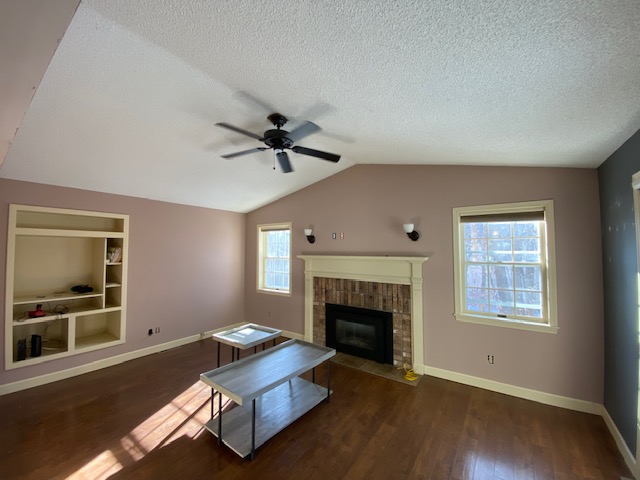
Illuminating Interiors: How Paint Colors Can Influence Your Home's Lighting Jul 12, 2025
When selecting paint colors, it is essential to consider both the natural and artificial lighting in your home. Lighter colors, such as whites, creams, and pastels, are excellent choices for amplifying light in a room. They reflect more light and can make small spaces feel open and expansive. This can be especially beneficial in areas that lack natural sunlight. If you're aiming for a bright and airy feel, think about using light, neutral colors that will seamlessly meld with any interior design style.
Conversely, darker colors like deep blues, greens, and grays can create a warm, intimate atmosphere by absorbing light. While these can add depth and sophistication, it's essential to balance them with adequate lighting fixtures to prevent rooms from feeling too enclosed or dim. Dark shades can work well in spaces such as bedrooms or studies where a cozy, moody vibe is desirable.
The direction in which the room faces also impacts how colors appear. Rooms with north-facing windows receive cooler, indirect sunlight, making them more suited to warm tones that can add a sense of coziness. South-facing rooms bask in consistent sunlight throughout the day, allowing for flexibility in color choice, as they enhance warm hues yet complement cooler shades effectively. East-facing rooms benefit from warm light in the morning, while west-facing rooms get warmer tones in the late afternoon.
Accent walls present another opportunity to manipulate light and mood. An accent wall painted in a bold or darker hue can create a focal point and add depth without overwhelming the entire space. It's an effective technique to draw the eye and invite exploration of different elements of the room.
Moreover, finishes play an integral part in determining how paint colors interact with light. Glossy finishes reflect more light and can make a space feel more luminous. In contrast, matte finishes absorb light, offering a softer and more understated look. For a dynamic approach, consider using a mix of finishes to balance reflectivity and texture.
For optimal results, test paint samples in different lighting conditions before committing to a full project. Observe how the colors change throughout the day and how they work with existing furnishings and decor. Consultation with professionals, like those at 920 Interior Painting & Design, can also provide personalized guidance tailored to your home's unique characteristics and your aesthetic preferences.
In conclusion, understanding how paint colors can influence your home's lighting is an essential skill for any homeowner seeking to enhance their space. By thoughtfully considering color choices, lighting, and finishes, you can create environments that not only look beautiful but also feel aligned with how you live. Whether you aim to infuse vibrancy or achieve calm, your paint selection is transformative, painting a picture of style and functionality. Let us help guide you through this creative journey, ensuring your interiors shine brightly in every sense.
/filters:no_upscale()/media/66030e30-6b8e-4660-8833-441188e0f121.jpeg)